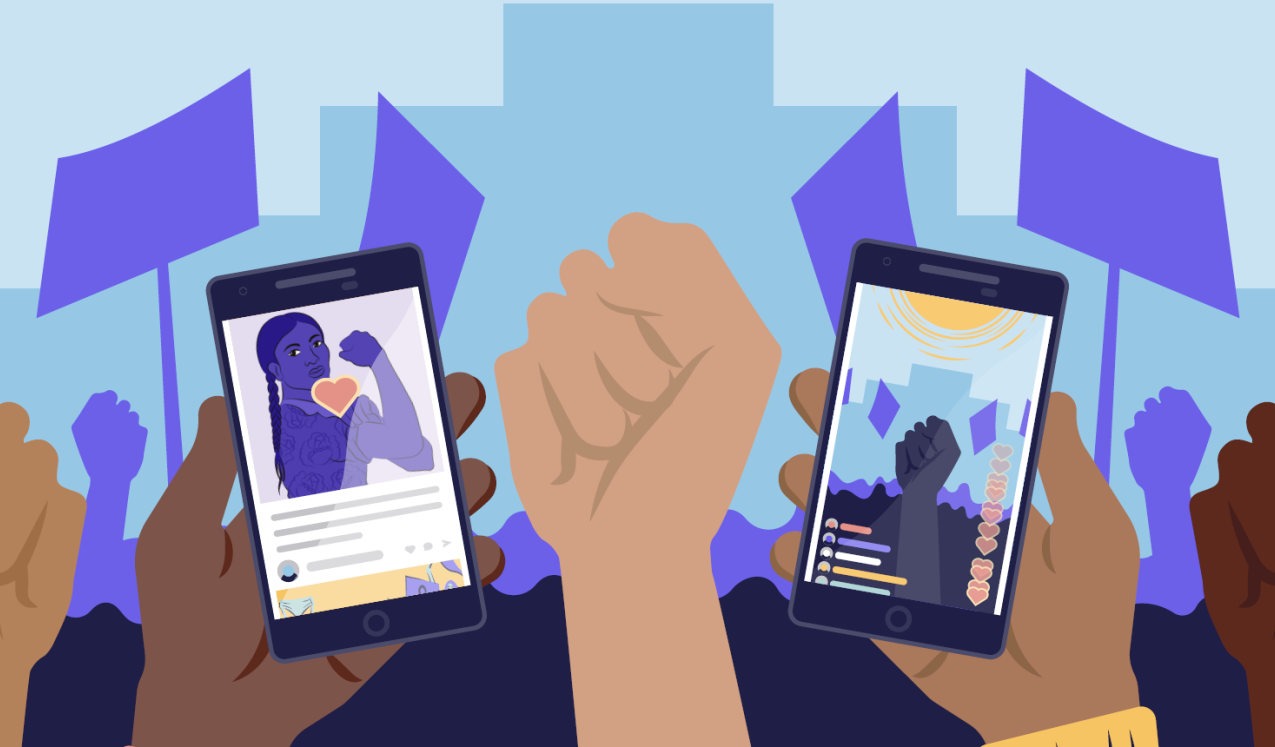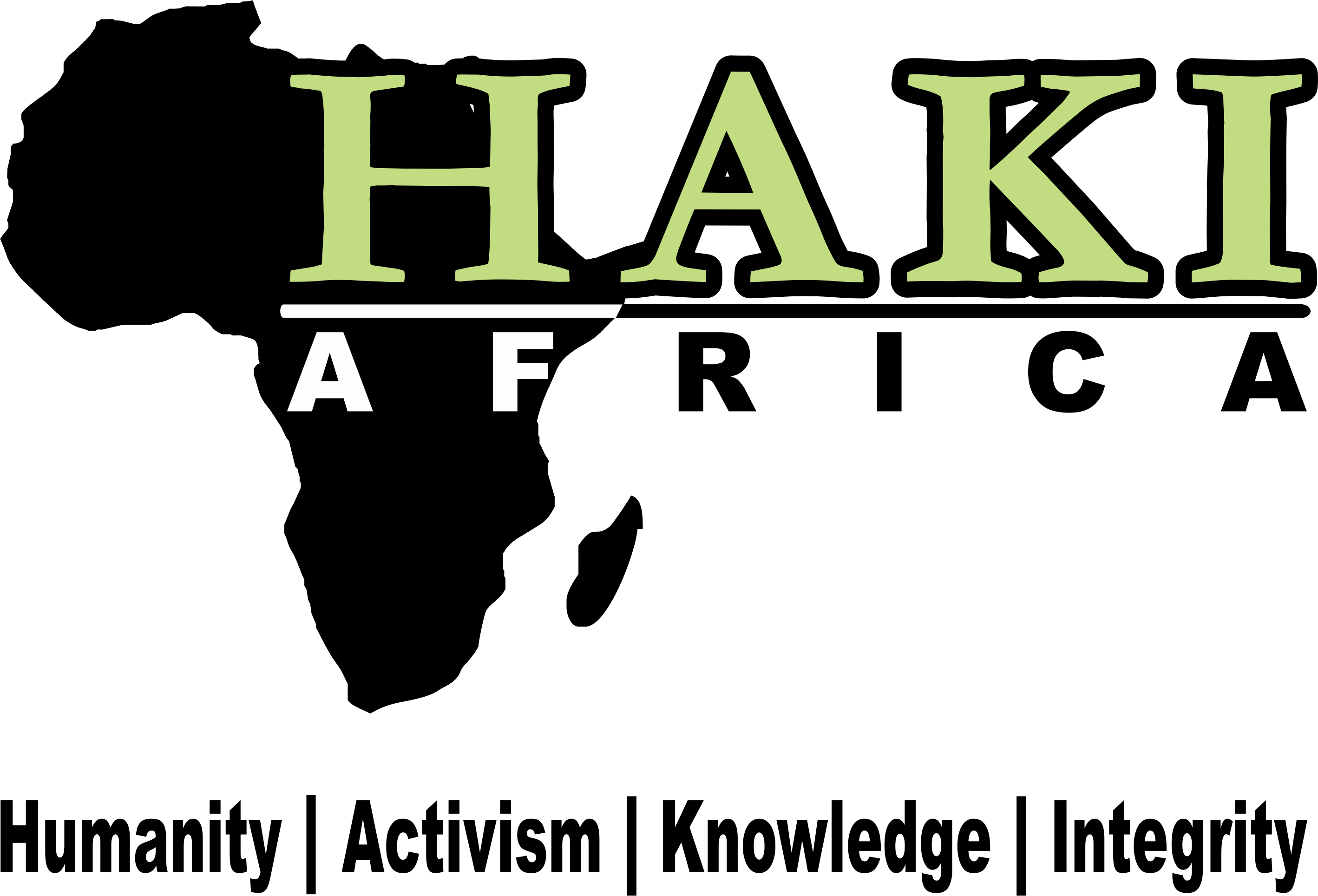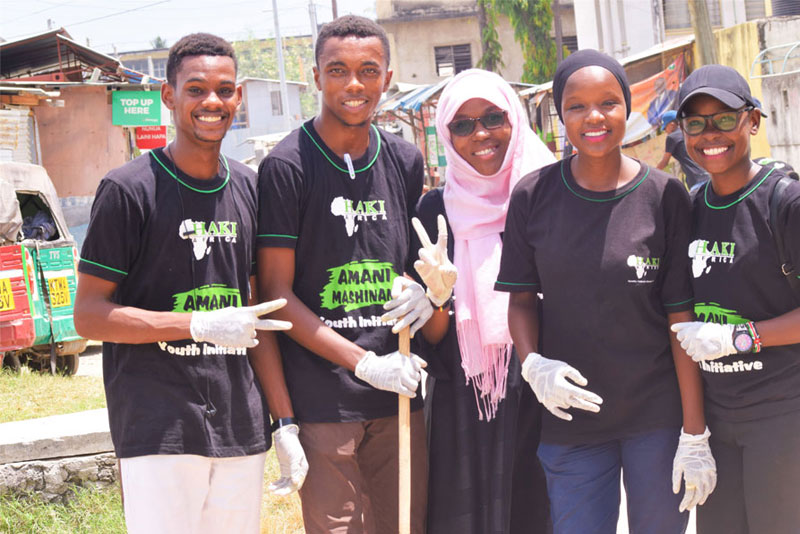Digital Horizons of Justice: Navigating the Intersection of Human Rights and Technology
In an increasingly interconnected world, the internet has emerged as a powerful tool for advocating human rights and raising awareness about critical social justice issues. Human rights organizations can leverage the internet’s expansive reach and diverse communication channels to amplify their advocacy efforts and foster meaningful engagement with global audiences. By strategically utilizing online platforms, these organizations can effectively highlight human rights violations, promote activism, and mobilize support for marginalized communities, thereby driving tangible progress toward a more equitable and just society.
The traditional style of activism and demonstrations has often relied on physical presence and collective mobilization to voice concerns, highlight injustices, and demand social and political reforms. Through mass protests, rallies, and demonstrations, activists have historically garnered public attention and compelled authorities to address pressing human rights issues, often in real-time, thereby fostering a sense of solidarity and collective empowerment among communities.
On the other hand, the modern approach of leveraging the internet for human rights advocacy has broadened the scope and reach of activism, transcending geographical boundaries and enabling real-time dissemination of information and advocacy campaigns. By harnessing the power of digital platforms, human rights organizations can amplify their voices, engage global audiences, and advocate for human rights in a more inclusive and accessible manner. The internet has facilitated the creation of virtual communities, enabling diverse stakeholders to connect, collaborate, and mobilize support for human rights causes, transcending physical limitations and fostering a global culture of solidarity and activism.

Furthermore, the internet’s capacity for storytelling and multimedia engagement has enabled human rights organizations to leverage powerful narratives, visuals, and interactive content to evoke empathy, raise awareness, and mobilize support for marginalized communities. Through digital storytelling initiatives, inclusive media projects, and online advocacy campaigns, human rights organizations can amplify the voices of marginalized communities and highlight their experiences, fostering greater empathy and understanding among global audiences.
While the internet has revolutionized the landscape of human rights advocacy, traditional activism and demonstrations remain instrumental in galvanizing communities and sparking grassroots movements, particularly in regions where internet access is limited or restricted. The combination of modern digital advocacy strategies and traditional grassroots activism can create a powerful synergy, enabling human rights organizations to leverage diverse tools and approaches to advocate for social justice, equality, and human rights on a global scale.
By acknowledging the strengths and limitations of both modern digital advocacy and traditional activism, human rights organizations can adopt a comprehensive and multifaceted approach that harnesses the power of technology while honoring the rich legacy of grassroots activism, thereby driving sustainable and impactful change for a more just and equitable world.


